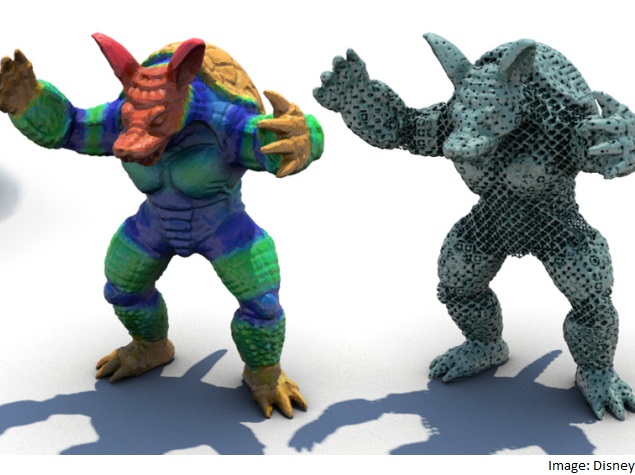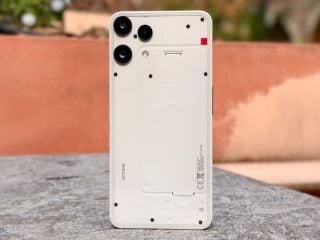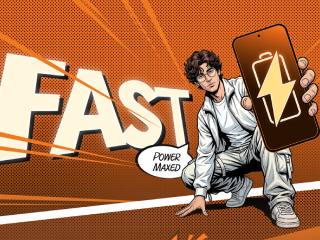- Home
- Laptops
- Laptops News
- Micro Structures to Control Elasticity in 3D Printing: Study
Micro-Structures to Control Elasticity in 3D-Printing: Study

By using a printer to alter the small-scale structure of the material, the Disney researchers showed they could vary its elasticity dramatically.
They developed families of compatible micro-structures with varying elastic properties, enabling designers to select the properties desired for each region of an object.
The team demonstrated their new method to produce several deformable toys.
"Many functional objects in our everyday life consist of elastic, deformable material, and the material properties are often inextricably linked to function," said Christian Schumacher.
3D printing usually involves only a single material or a very small set of materials.
"However, 3D printing easily produces complex, 3D micro-structures which we can use to create metamaterials with properties beyond those of standard printer materials," Schumacher said.
Metamaterials are substances that derive their bulk properties from the shape and arrangement of their micro-structures, rather than the composition of the material itself.
What the Disney Research team did was to use a variety of these metamaterials so that different regions within a single object could have different elastic properties.
To create an object, these micro-structures measuring 8 mm on a side are tiled together in the object's interior.
The researchers created an algorithm for optimising the combination of these micro-structures, making sure that micro-structures of different shapes connect properly.
In the demonstration, the team showed that this method could be used to produce fully articulated figures, with joints that bend even through the remainder of each limb was stiff.
Get your daily dose of tech news, reviews, and insights, in under 80 characters on Gadgets 360 Turbo. Connect with fellow tech lovers on our Forum. Follow us on X, Facebook, WhatsApp, Threads and Google News for instant updates. Catch all the action on our YouTube channel.
Related Stories
- Samsung Galaxy Unpacked 2025
- ChatGPT
- Redmi Note 14 Pro+
- iPhone 16
- Apple Vision Pro
- Oneplus 12
- OnePlus Nord CE 3 Lite 5G
- iPhone 13
- Xiaomi 14 Pro
- Oppo Find N3
- Tecno Spark Go (2023)
- Realme V30
- Best Phones Under 25000
- Samsung Galaxy S24 Series
- Cryptocurrency
- iQoo 12
- Samsung Galaxy S24 Ultra
- Giottus
- Samsung Galaxy Z Flip 5
- Apple 'Scary Fast'
- Housefull 5
- GoPro Hero 12 Black Review
- Invincible Season 2
- JioGlass
- HD Ready TV
- Laptop Under 50000
- Smartwatch Under 10000
- Latest Mobile Phones
- Compare Phones
- Realme P4x 5G
- OnePlus Ace 6T
- OPPO A6x 5G
- Samsung Galaxy Z TriFold
- Poco F8 Ultra
- Poco F8 Pro
- Huawei Mate 80 RS Master Edition
- Huawei Mate 80 Pro Max
- Asus ProArt P16
- MacBook Pro 14-inch (M5, 2025)
- Poco Pad M1
- Poco Pad X1
- Just Corseca Skywatch Pro
- Honor Watch X5
- Acerpure Nitro Z Series 100-inch QLED TV
- Samsung 43 Inch LED Ultra HD (4K) Smart TV (UA43UE81AFULXL)
- Asus ROG Ally
- Nintendo Switch Lite
- Haier 1.6 Ton 5 Star Inverter Split AC (HSU19G-MZAID5BN-INV)
- Haier 1.6 Ton 5 Star Inverter Split AC (HSU19G-MZAIM5BN-INV)

















